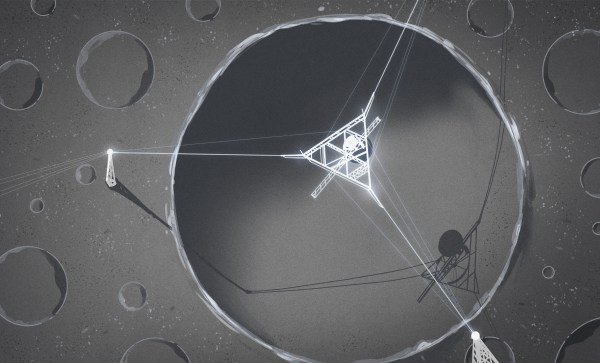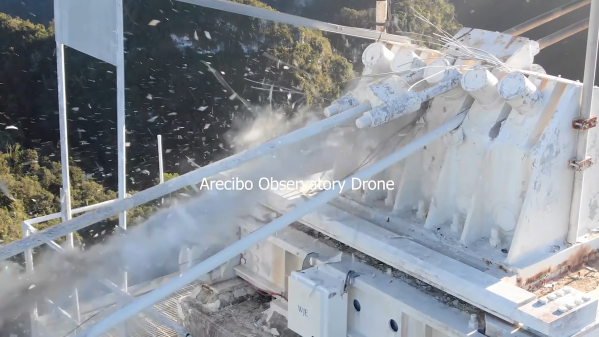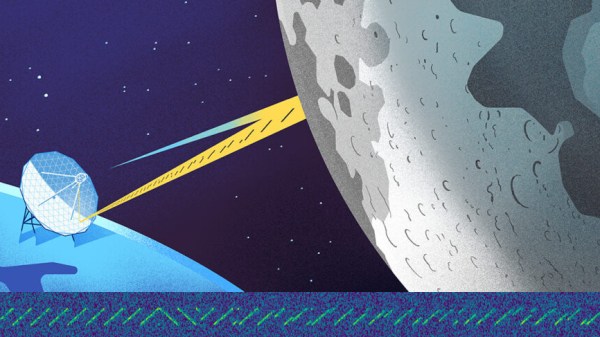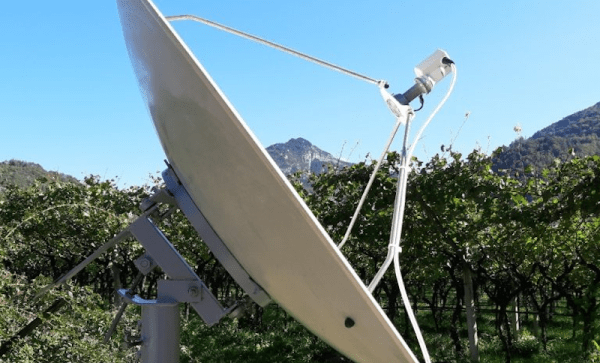The moon is a popular target for ham radio operators to bounce signals since it’s fairly large and follows a predictable path. There are some downsides, though; it’s not always visible from the same point on Earth and is a relatively long way away. Thinking they could trade some distance for size, an amateur radio group from the Netherlands was recently able to use a radio telescope pointed at a geostationary satellite to reflect a signal back down to Earth, using this man-made satellite to complete the path instead of the more common natural one.
While there are plenty of satellites in orbit meant for amateur radio communication (including the International Space Station, although it occasionally does other things too), these all have built-in radio transmitters or repeaters specifically meant for re-transmitting received signals. They’re also generally not in geostationary orbit. So, with a retired radio telescope with a 20-meter dish aimed directly at one of the ones already there, they sent out a signal which bounced off of the physical body of the satellite and then back down where it was received by a station in Switzerland. Of course, the path loss here is fairly extreme as well since the satellite is small compared to the moon and geostationary orbit is a significant distance away, so they used the Q65 mode in WSJT-X which is specifically designed for recovering weak signals.
Don’t break out the tape measure Yagi antenna to try this yourself just yet, though. This path is not quite as reliable as Earth-Moon-Earth for a few reasons the group is not quite sure about yet. Not every satellite they aimed their dish at worked, although they theorize that this might be because of different shapes and sizes of the satellites or that the solar panels were not pointing the correct direction. But they were able to make a few contacts using this method nonetheless, a remarkable achievement they can add to their list which includes receiving a signal from one of the Voyager spacecraft.



















